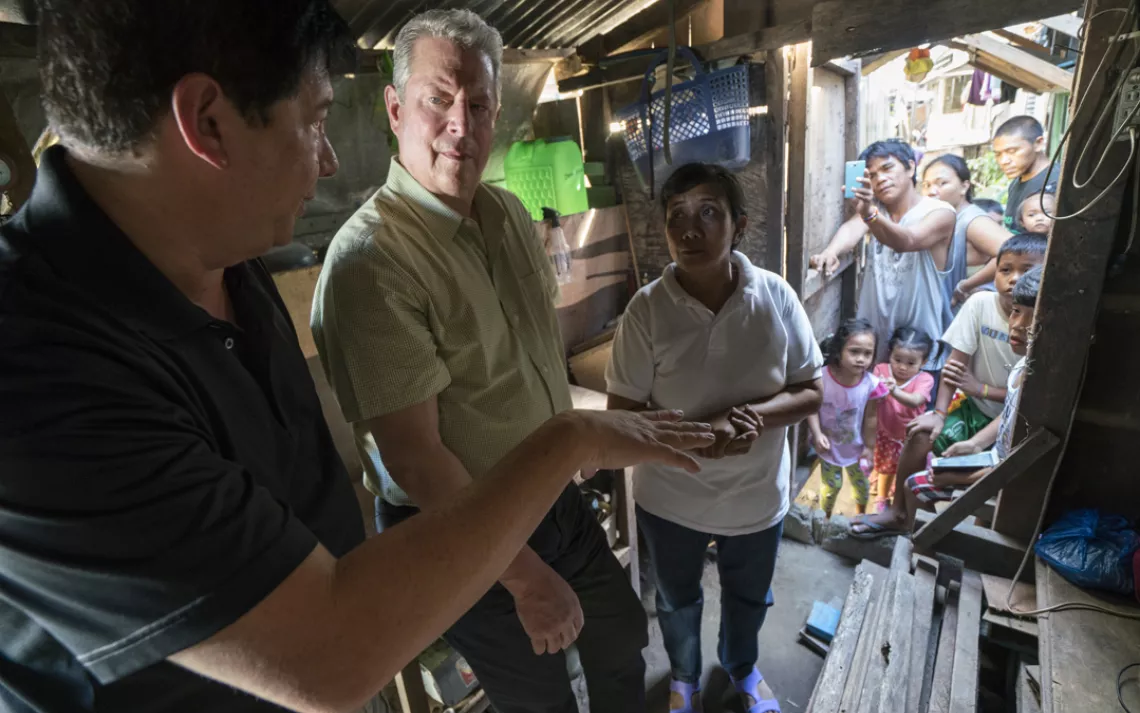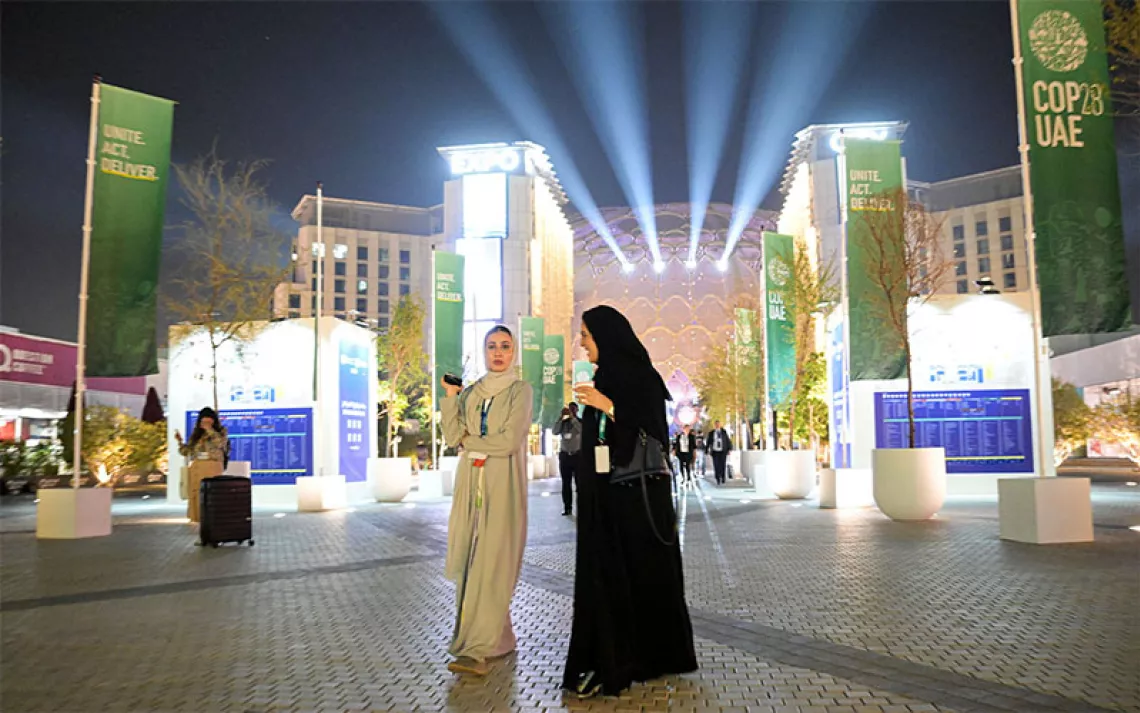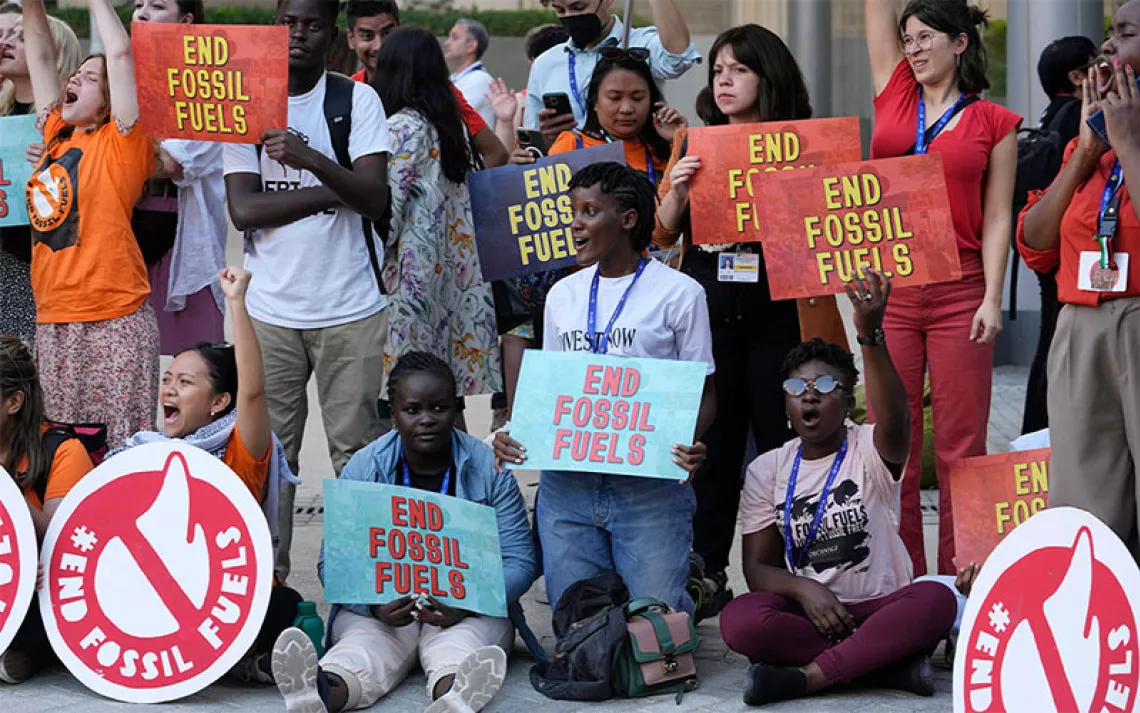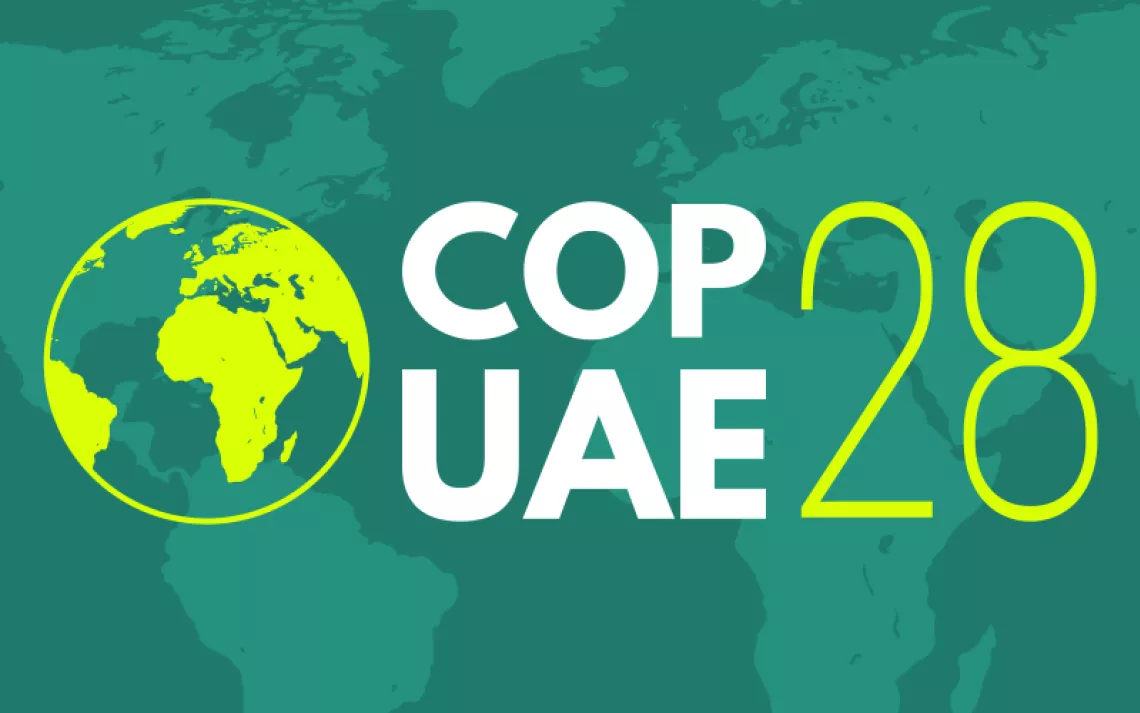An Inconvenient Q&A
A conversation with the filmmakers behind Al Gore’s new cinematic treatment of the climate crisis

Photo courtesy of Diana Pearson
On June 1, President Trump provoked widespread condemnation when he announced that the United States would withdraw from the landmark 2015 Paris climate agreement—a pact signed by more than 190 countries around the world. In response, mayors, governors, college presidents, and leaders of major companies overwhelmingly emphasized their commitment to the necessary task of combating climate change. The enduring symbolism of the Paris accord has only intensified.
It’s little wonder: Pointing out that environmentalists take issue with the current administration might be the understatement of the century, but it’s worth noting that more than 70 percent of Americans today share the opinion that the warming planet poses a threat to us all. We’ve come a long way since 2006, when former politician Al Gore helped render climate change a divisive household term with the release of An Inconvenient Truth. While the breakthrough documentary made for a critical and commercial success, many dismissed Gore as a charlatan, fomenting hysteria around a fraudulent concept.
Ten years later, much of what Gore’s slideshow-like flick predicted—increased natural disasters, sea level rise, spread of infectious disease—had come to pass, and he himself had become a full-time climate activist, leading Climate Leadership Training seminars around the world. An Inconvenient Sequel once again centers around Gore (now an avuncular 69-year-old) as he guides viewers through an exploration of where, exactly, the planet stands. However, this movie, directed by Bonni Cohen and Jon Shenk (who took over from Davis Guggenheim, an Inconvenient Sequel producer) and slated to hit U.S. theaters on July 28, reveals a more nuanced former vice president.
Cohen and Shenk spent almost two years trailing Gore—from July 2015 until just after the November 2016 election. While Sequel, like its predecessor, depicts him as a science-adhering preacher, it also shows Gore opening up about his failed presidential run and flexing his politician muscles as he negotiates his way through the 2015 UN Climate Change Conference (COP21) in Paris—ultimately convincing Indian prime minister Narendra Modi to transition his country to renewable energy sources. While Sequel graphically reveals the devastating toll of human actions on our environment, the film also documents the solutions to be found in clean energy—Gore, for instance, visits with a conservative Texan mayor who has pledged his community toward 100 percent sustainable fuels because he believes it will lower overhead for his residents.
An Inconvenient Sequel is being unleashed onto an audience more fired-up about climate change than ever before. If Hillary Clinton were president (as all were assuming would be the case during the time the film was being made), it would still make for a valuable contribution to the conversation. In the wake of recent national events, however, it’s poised to splash, as an emphatic counterpoint against a defiant enemy.
Sierra spoke with Cohen and Shenk about what it was like to spend the most divisive presidential campaign in recent memory alongside such a visible symbol of climate action. Read on to hear about the highs (trailing Gore to France for COP21), the lows (Trump’s victory last November), and the challenges inherent in the creation of an observational film—which, in this case, included the potential of slipping off a glacier.
Sierra: Tell me about the decision to update Gore’s climate change message by creating this film.
Cohen: When it became clear that [An Inconvenient Truth’s] 10th anniversary might be a nice time to look back and examine what’s changed today, Al and his collaborators at Participant Media got excited about the possibility and approached us. Then there was the whole process of figuring out what approach made sense, in terms of storyline and narrative. There were questions around the legacy of the original film, and what we wanted to preserve about that aesthetic, and around where the new one would divert and create its own path.
Shenk: One of the first things we did when we were in our research phase was go to Nashville and spend an entire day with Al. He gave us a 10-hour version of his slideshow—what he does with his climate action meetings. What we realized right away was that there was this whole piece to it that centered around the incredible success that the alternative energy world has seen. Ten years ago, it was hopeful to say that solar and wind might help us out of this mess, but in many parts of the world, it’s already cheaper, and there’s lots of potential. So, that was an exciting aspect for us as filmmakers—we realized we had a hopeful story to tell. The gambit became All the predictions from the first film came true or even worse; but look, there are all these great solutions in place.
While An Inconvenient Truth seemed intended for school audiences and for viewers who were perhaps new to climate science, Sequel was far more nuanced. Can you talk about your more cinematic approach?
Shenk: The other piece we wanted to show was the drama in Al’s day-to-day life. He spent a huge number of years in the U.S. Senate, and as vice president, suffered the devastating blow of the 2000 election, and then rose out of that to become the figure he is today: one of the leading environmentalists of our time. We felt like there was power in that story. Because he just wakes up every day and does nothing but work. He’s an Energizer Bunny who never misses a beat; he woke up after the beat of 2000 and never really stopped. We wanted to portray that on film.
Cohen: There was also the drama of trailing Gore and all the unknowns that would entail. For instance, there was no way to know how Paris was going to go, but we had this instinct that if we stuck with Gore, it would provide some drama, which it did. Jon is big into cinema verite, so we made the decision that we’d try our luck at just following the action.
Can you talk about your decisions to frame the film with stark depiction of ice sheets melting in Greenland?
Cohen: It just had this larger-than-life feel, and we felt it conveyed both the larger continuum and Al’s continuum—climate change is much bigger than we are, as is the denial that he’s personally been fighting for the past 10 years. We felt that this set the stage to depict what would unfold during the campaign year we spent with Gore.
Did the 2016 election results throw a wrench into your plans for the film?
Cohen: Of course, we were expecting a different result, so back in November we really had to think hard about how to handle that. But the truth is that despite the fact we have this president now, we really consider the end of the film—depicting Al’s enthused speech, likening the environmental movement to all these other political and civil movements—to be the film’s rallying cry. While Trump has won at the end—and you see and hear him antagonizing throughout—the audience sees that Al is still fighting, that we’re all still fighting.
Shenk: A little Trump, we found, goes a long way. We didn’t need much more than him working in the background.
To me, one of the most riveting scenes was when Gore was being driven through Paris on the Saturday night of COP21, negotiating with solar companies and Indian leaders on the phone. How difficult was it to finagle such a high degree of access?
Shenk: Ever since Bonni and I met in film school, our instinct has been to get the camera as close as possible to the character—the idea is to allow the audience to put themselves in his or her shoes and forget there’s even a camera there. So that’s what we were going for: real life! At the beginning, Al was maybe a little taken aback, because after all, the first movie was based on his slideshow, with little vignettes where you’d only hear him, in voiceover form. But we wanted to see things as they happened from the perspective of our main characters. So, through the process of being a whiny little kid and just asking and asking and asking—but also explaining to him what our motives were and showing him scenes that we thought really worked—Al started to not only see the value, but also to go to bat for us to get access. When we were on the ground during his meetings with leaders from India, Al vouched for what we were doing.
Cohen: We never could have predicted that meeting would unfold like that. It’s just emblematic of the moment we’re in right now—because the alternative energy industry is at that point where it’s coming to fruition both in terms of tech and cost, and there’s a real question worth asking: Do you choose the coal and oil that fossil fuel companies would have you burn, or do you choose this same- or lower-price thing, and have the money go to a different industry? So, there’s this natural drama, and we were crazy lucky we were able to be there for that conversation.
How much research into the climate crisis and surrounding issues did you guys have to invest?
Cohen: Most of the climate science and fact-based information presented came from our collaboration with Al Gore’s research team. They help him collect the most interesting day-to-day information about different aspects of the climate crisis. In the end, we took various pieces from different slideshows Al presented all over the world—discussing typhoons and superstorms with storm survivors in the Philippines, for instance—and came up with a factual narrative for the film. We were in constant conversation with his researchers about what made sense to try and include.
What was the most challenging aspect of creating this film?
Shenk: Observational films are always a physical challenge in that you’ve got to be where your character is, and everything has to be working, logistics-wise. You also have to be able to capture the reality going on right in front of you. So when we were out on the ice sheet in Greenland, for instance, we had to be in the right place at the right time with the right equipment, while also not falling in!
Cohen: He’s not mentioning this, but Al was very worried about Jon as he was filming. When we were about to step off the helicopter in Greenland, the scientist said, “It’s probably best if you step where I step exactly.”
This film also presented some emotional difficulties. To go to Greenland and see one of the world’s great wonders was this amazing opportunity, but at the same time, to look down and see how it’s being attacked—it really gets you in the gut. After taking the climate disaster tour of the world for about a year and a half, it starts to get at you. It made us even more impressed with Al for remaining so positive.
What most surprised you during the filmmaking process?
Cohen: This may sound cheesy, but I was so taken with the ability of this man to go and go and go, 24/7, and be on planes and in different countries, and putting his money where his mouth is, at his age. After his political life, he took on the hardest existential challenge we have. I think about the toll this took on me, and from a completely human place, I could not have imagined that this was the guy I was going to spend time with. I didn’t know what he’d been up to for the past 10 years, but then you see him customize slideshows for every audience—tailoring it for the part of the world, and for the people in front of him, whether they’re businesspeople or government leaders, or students, or anyone.
Shenk: During our initial 10-hour presentation, he’d say, “This is what I present on wildfires when I’m in China, versus Australia.” He knows how to emotionally connect with the audience he’s in front of, and he’s got a team of people who do nothing but crack the latest science and events, and help connect those dots between crises. One difference I noticed between now and 10 years ago is that there’s so much more user-generated video depicting natural disasters. It’s unfortunately easier to get those visuals, so I think a lot of Al’s skill is in balancing that with his research and finding the best ways to show an event, and use it to tell a story about our climate.
 The Magazine of The Sierra Club
The Magazine of The Sierra Club



